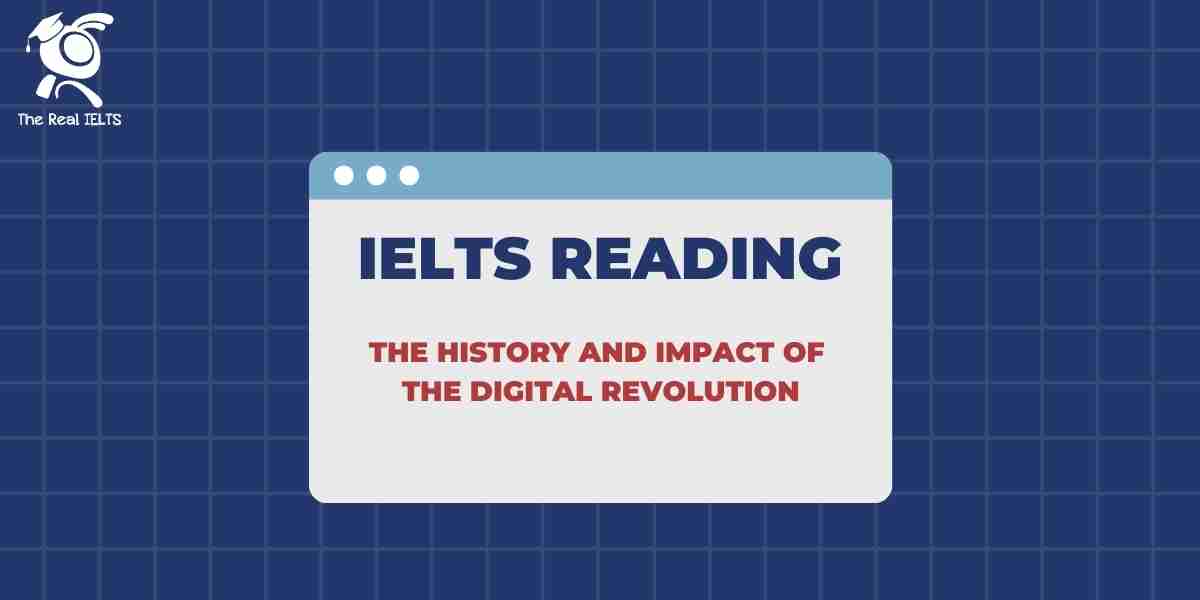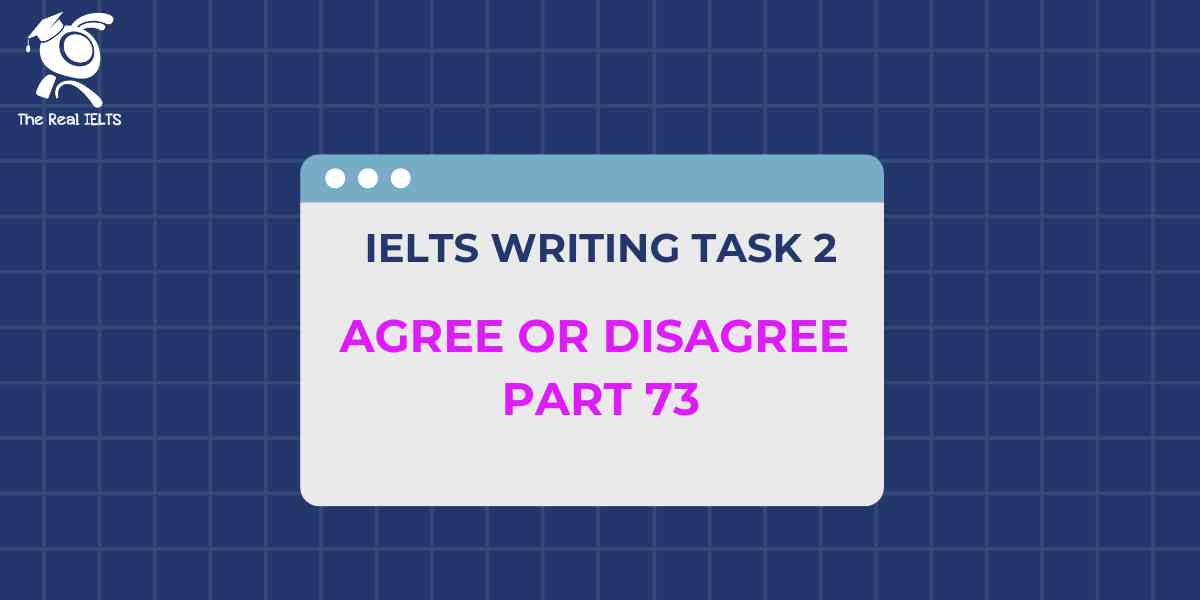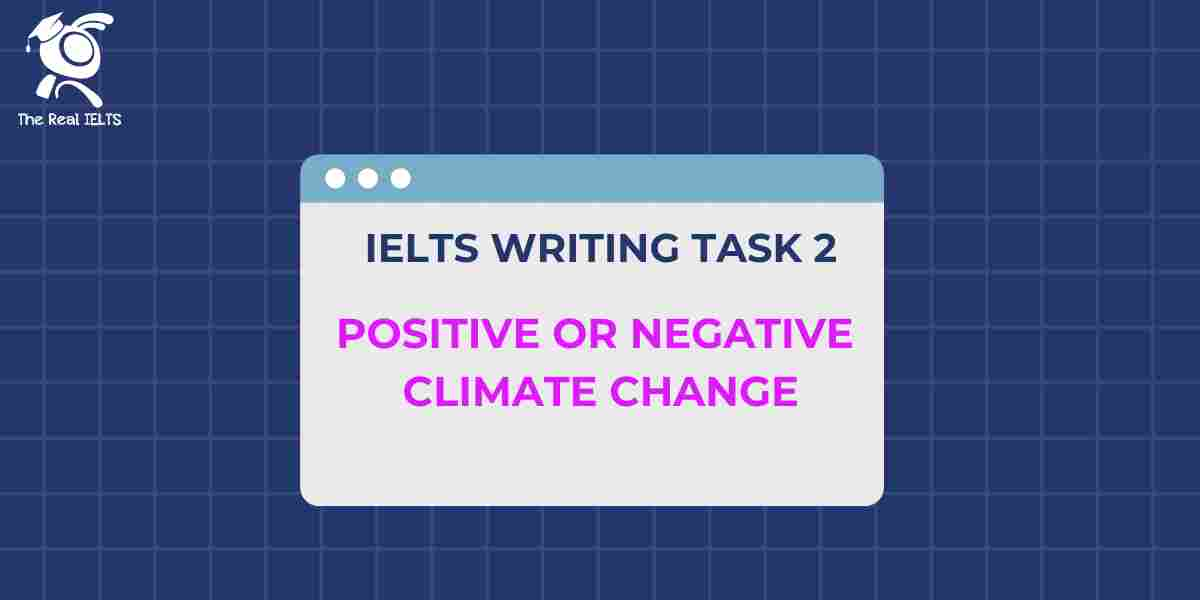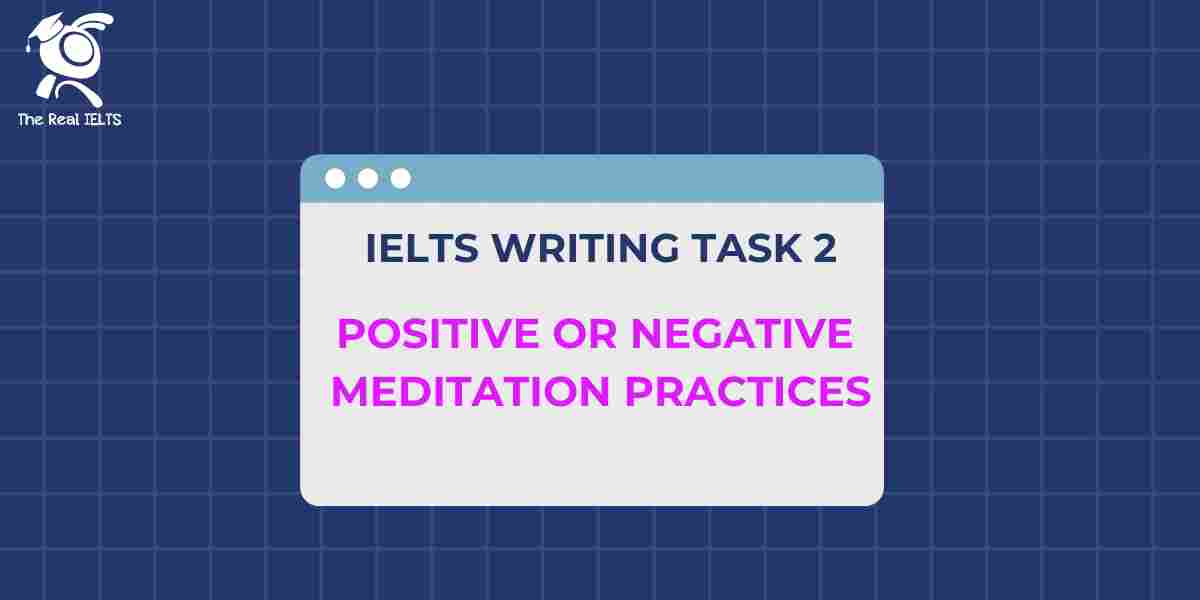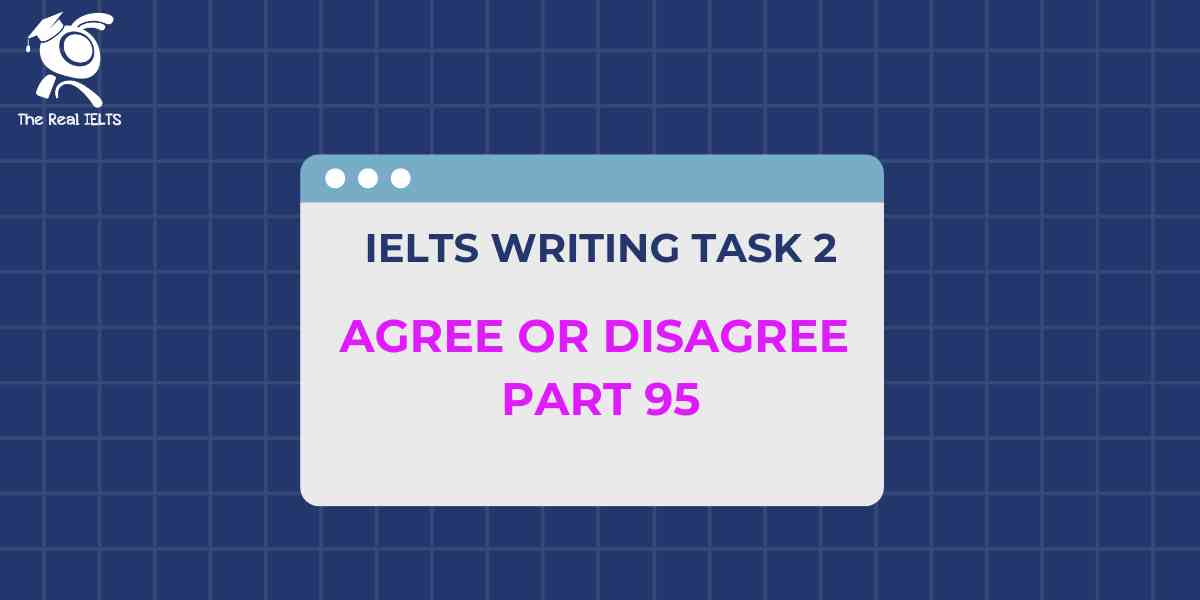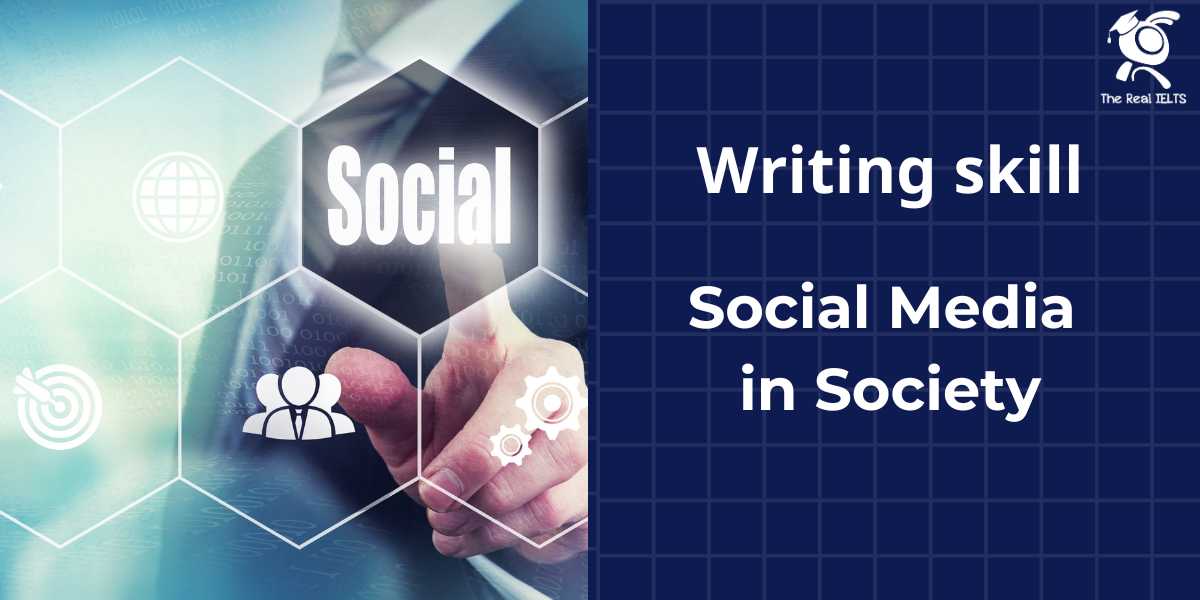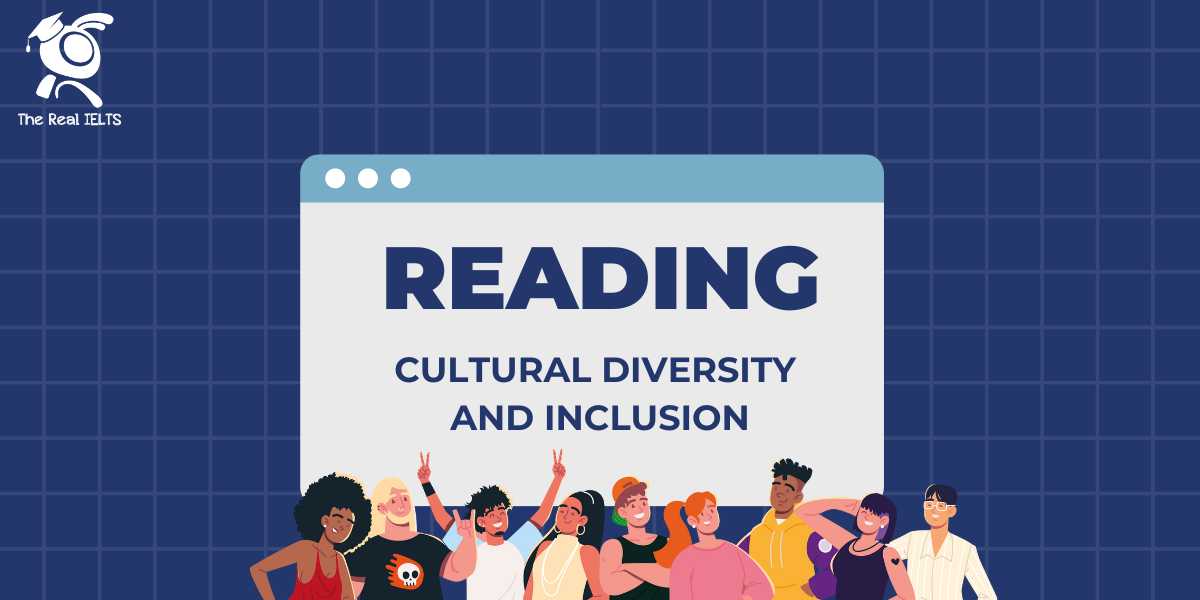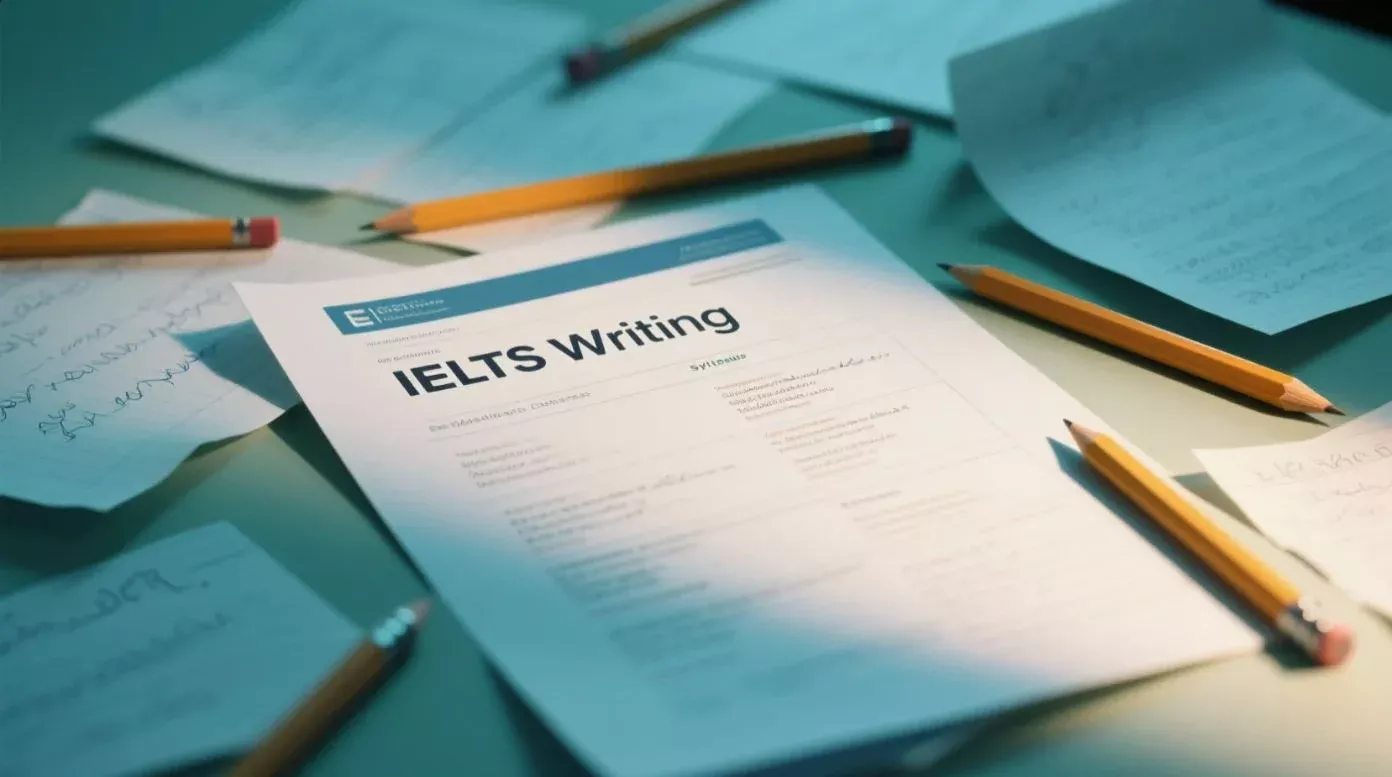Đề thi IELTS Reading có tiêu đề “The History and Impact of the Digital Revolution”
Nhớ đọc thêm các bài luyện thi IELTS nhé.
IELTS Reading:”The History and Impact of the Digital Revolution“
The History and Impact of the Digital Revolution
The Digital Revolution, often referred to as the Third Industrial Revolution, marks a pivotal period in human history, characterized by the transition from analog and mechanical systems to digital technology. This shift, which began in the latter half of the 20th century, has fundamentally altered nearly every aspect of society, from the way we communicate and work to how we entertain ourselves and interact with the world.
The origins of the Digital Revolution can be traced back to the development of the transistor in 1947 by John Bardeen, Walter Brattain, and William Shockley. This invention was a significant milestone because it allowed for the miniaturization of electronic circuits, leading to the creation of more powerful and compact devices. The subsequent development of integrated circuits in the 1950s and 1960s further accelerated the pace of technological advancement, enabling the production of more sophisticated computers at a lower cost.
One of the most profound impacts of the Digital Revolution has been on communication. Before the advent of digital technology, communication was largely dependent on analog systems, such as the telephone and postal services. However, the introduction of digital communication methods, particularly the internet, revolutionized the way people connect with one another. The internet, which began as a project by the U.S. Department of Defense in the 1960s, has grown into a global network that allows for instant communication and the exchange of information across vast distances. Social media platforms, email, and instant messaging have made it possible for people to maintain relationships and share ideas regardless of geographic barriers, creating a more interconnected world.
The workplace has also undergone a dramatic transformation as a result of the Digital Revolution. The rise of personal computers, the internet, and mobile devices has enabled remote work, leading to the emergence of the gig economy and telecommuting. Businesses can now operate across multiple time zones and locations, accessing a global talent pool. Additionally, automation and artificial intelligence (AI) have streamlined many processes, increasing efficiency and productivity. However, this shift has also raised concerns about job displacement, as machines and algorithms increasingly take on tasks previously performed by humans.
Education is another area where the Digital Revolution has left a significant mark. The availability of online learning platforms and digital resources has democratized education, making it accessible to a broader audience. Students can now learn at their own pace, from anywhere in the world, using a variety of digital tools. This has led to a more personalized learning experience and the potential to bridge educational gaps in underserved communities. However, it has also highlighted the digital divide, where those without access to technology are at a disadvantage.
The entertainment industry has similarly been transformed by digital technology. The shift from physical media, such as VHS tapes and CDs, to digital formats, like streaming services and downloadable content, has changed the way people consume entertainment. Consumers now have access to a vast library of music, movies, and television shows at their fingertips, leading to the decline of traditional media outlets. Additionally, the rise of social media and video-sharing platforms has given rise to new forms of entertainment, such as vlogging and live streaming, allowing individuals to become content creators and reach global audiences.
Despite the many benefits of the Digital Revolution, it has also brought about significant challenges. One of the most pressing issues is data privacy and security. As more aspects of life are conducted online, the amount of personal data shared on digital platforms has increased exponentially. This has made individuals vulnerable to cyberattacks, identity theft, and data breaches. Governments and corporations have been forced to implement stringent data protection measures, but the constantly evolving nature of digital technology means that new threats are always emerging.
The Digital Revolution has also had a profound impact on society’s structure and culture. The rise of social media has changed the way people interact with one another, often blurring the lines between online and offline life. While these platforms have enabled people to connect and share ideas, they have also contributed to the spread of misinformation, cyberbullying, and the erosion of privacy. Furthermore, the constant exposure to digital content has been linked to issues such as digital addiction and mental health problems, particularly among younger generations.
In conclusion, the Digital Revolution has ushered in a new era of human civilization, one that is characterized by unprecedented levels of connectivity, efficiency, and access to information. Its impact is evident in almost every aspect of modern life, from communication and work to education and entertainment. However, as society continues to embrace digital technology, it must also address the challenges that come with it, ensuring that the benefits of the Digital Revolution are enjoyed by all, while mitigating its potential risks. The future of the Digital Revolution holds both promise and uncertainty, and how society navigates this landscape will shape the world for generations to come.
Đề bài thi IELTS Reading
Multiple Choice (Câu hỏi trắc nghiệm)
- What is another name for the Digital Revolution?
- A) The First Industrial Revolution
- B) The Second Industrial Revolution
- C) The Third Industrial Revolution
- D) The Fourth Industrial Revolution
- The invention of the transistor occurred in which year?
- A) 1945
- B) 1947
- C) 1950
- D) 1953
- What was one of the first significant impacts of the Digital Revolution on communication?
- A) The creation of the telephone
- B) The widespread use of postal services
- C) The advent of social media platforms
- D) The invention of the television
- The internet initially began as a project by which organization?
- A) NASA
- B) IBM
- C) U.S. Department of Defense
- D) Microsoft
- Which development made the production of more sophisticated computers possible?
- A) The invention of the internet
- B) The creation of integrated circuits
- C) The introduction of mobile devices
- D) The rise of social media
- How has digital technology most significantly impacted education?
- A) By reducing the cost of textbooks
- B) By providing access to online learning platforms
- C) By making teachers obsolete
- D) By limiting educational opportunities
- What concern is raised regarding job displacement due to the Digital Revolution?
- A) Increased global unemployment rates
- B) Lack of interest in traditional careers
- C) Machines replacing human tasks
- D) Higher demand for manual labor
- What is a major challenge posed by the Digital Revolution related to personal data?
- A) Decrease in data storage capacities
- B) Lack of access to the internet
- C) Vulnerability to cyberattacks
- D) Reduced need for privacy
True/False/Not Given
- The Digital Revolution is also known as the Fourth Industrial Revolution.
- A) True
- B) False
- C) Not Given
- Integrated circuits were developed in the 1940s.
- A) True
- B) False
- C) Not Given
- The internet was originally created for commercial purposes.
- A) True
- B) False
- C) Not Given
- Automation and AI have increased the number of manual jobs available.
- A) True
- B) False
- C) Not Given
- The introduction of online learning has made education less personalized.
- A) True
- B) False
- C) Not Given
- The decline of traditional media outlets is directly attributed to the rise of digital formats.
- A) True
- B) False
- C) Not Given
Yes/No/Not Given
- The author believes that the benefits of the Digital Revolution outweigh the challenges.
- A) Yes
- B) No
- C) Not Given
- The author suggests that social media platforms have exclusively positive impacts on society.
- A) Yes
- B) No
- C) Not Given
- The author agrees that digital technology has led to increased privacy in personal communications.
- A) Yes
- B) No
- C) Not Given
- The author argues that the Digital Revolution has made remote work more difficult.
- A) Yes
- B) No
- C) Not Given
- The author considers the digital divide to be a major issue in education.
- A) Yes
- B) No
- C) Not Given
Matching Information (Nối thông tin)
- Match the following innovations with their corresponding impacts on the Digital Revolution:
- Transistor
Matching Headings (Nối tiêu đề với đoạn văn)
- Choose the appropriate heading for the paragraph discussing the impact of the Digital Revolution on the workplace:
- A) The Rise of Digital Communication
- B) Education in the Digital Age
- C) Transformations in the Workplace
- D) Challenges of Data Security
- Select the heading that best matches the paragraph on the origins of the Digital Revolution:
- A) The Birth of Digital Technology
- B) The Rise of Online Learning
- C) Privacy Concerns in the Digital World
- D) The Impact of Social Media
Matching Features (Nối đặc điểm)
- Match the following impacts of the Digital Revolution with the correct sectors:
- Remote work and telecommuting
Matching Sentence Endings (Nối phần kết câu)
- The introduction of the transistor in 1947…
- A) …allowed for the creation of personal computers.
- B) …marked the beginning of the Digital Revolution.
- C) …led to the rise of social media platforms.
- D) …was initially used in the entertainment industry.
- The development of the internet…
- A) …was driven by commercial interests.
- B) …originated as a government project.
- C) …resulted in the decline of telecommunication companies.
- D) …had minimal impact on global communication.
Sentence Completion (Hoàn thành câu)
- The creation of integrated circuits in the 1950s and 1960s enabled the production of __________ at a lower cost.
- Social media platforms have made it possible for people to maintain relationships __________.
- The rise of personal computers and the internet has enabled __________ work.
- The Digital Revolution has led to the emergence of __________, such as vlogging and live streaming.
- One of the challenges of the Digital Revolution is the increasing vulnerability to __________.
Summary Completion (Hoàn thành tóm tắt)
- The Digital Revolution began with the development of the __________ in 1947, which allowed for the miniaturization of electronic circuits. This was followed by the creation of __________, enabling the production of more sophisticated computers. One of the most significant impacts of the Digital Revolution has been on __________, particularly with the advent of the internet. The workplace has also been transformed, with the rise of personal computers and mobile devices enabling __________ work. However, the Digital Revolution has also brought about challenges, including concerns over __________ and security.
Diagram Label Completion (Hoàn thành nhãn của sơ đồ)
- Complete the labels for the following diagram of the Digital Revolution timeline:
- A) 1947: __________
- B) 1950s-1960s: __________
- C) 1960s: Development of the __________
- D) 2000s: Rise of __________
Short Answer Questions (Câu hỏi trả lời ngắn)
- In what year was the transistor developed?
- What technology enabled the miniaturization of electronic circuits?
- What was the original purpose of the internet?
- Name two sectors that have been significantly impacted by the Digital Revolution.
- What has been one major benefit of online learning platforms?
- What is a key challenge associated with data in the Digital Revolution?
- How has the rise of digital technology affected traditional media outlets?
- What new forms of entertainment have emerged due to digital technology?
Đáp án bài thi IELTS Reading
Multiple Choice (Câu hỏi trắc nghiệm)
- C) The Third Industrial Revolution
- B) 1947
- C) The advent of social media platforms
- C) U.S. Department of Defense
- B) The creation of integrated circuits
- B) By providing access to online learning platforms
- C) Machines replacing human tasks
- C) Vulnerability to cyberattacks
True/False/Not Given
- B) False
- B) False
- B) False
- B) False
- B) False
- A) True
Yes/No/Not Given
- C) Not Given
- B) No
- B) No
- B) No
- A) Yes
Matching Information (Nối thông tin)
- B) Enabled the creation of compact electronic devices
Matching Headings (Nối tiêu đề với đoạn văn)
- C) Transformations in the Workplace
- A) The Birth of Digital Technology
Matching Features (Nối đặc điểm)
- A) Workplace
Matching Sentence Endings (Nối phần kết câu)
- B) …marked the beginning of the Digital Revolution.
- B) …originated as a government project.
Sentence Completion (Hoàn thành câu)
- more sophisticated computers
- regardless of geographic barriers
- remote
- new forms of entertainment
- cyberattacks
Summary Completion (Hoàn thành tóm tắt)
- transistor; integrated circuits; communication; remote; data privacy
Diagram Label Completion (Hoàn thành nhãn của sơ đồ)
- A) Transistor
- B) Integrated circuits
- C) Internet
- D) Social media
Short Answer Questions (Câu hỏi trả lời ngắn)
- 1947
- Transistor
- Military purposes (U.S. Department of Defense project)
- Communication, Workplace (or Education, Entertainment)
- Accessibility to education
- Cybersecurity or data privacy
- Decline due to digital formats or streaming services
- Vlogging, live streaming
Luyện tập bài khác ở bài viết:”100 bài luyện IELTS Reading 2024 – 2025“


